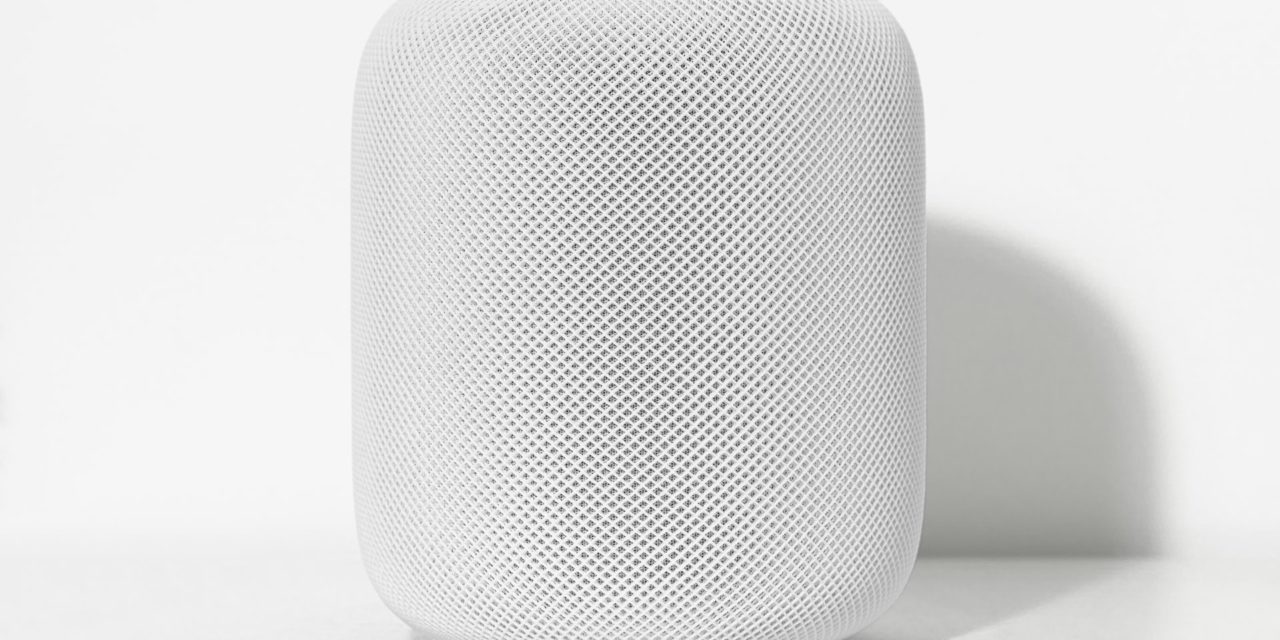[ad_1]
Home automation is a convenient way to control and monitor different day-to-day devices and appliances we use at home. These include home lighting, air-conditioning, home heating, blinds and curtains, garage doors, security cameras, motion sensors, energy control units and weather sensors. Whilst different home automation solutions largely vary in functionality and scope, most modern systems feature a central control panel, also known as a hub. The hub connects to the home Wi-Fi network and becomes a primary interface through which all your home utilities can be controlled remotely. This system is expandable which means you can add more devices to this ecosystem in the future as your requirements grow.
Many home automation system providers develop apps for all popular platforms that allow homeowners to remotely control their home utilities using their Smartphones and tablets. By configuring the hub with your home's Wi-Fi network and installing the App on your smartphone, tablet or PC, you can add and connect to all appliances ranging from thermostats, security cameras and lights to weather meters, motion sensors and energy control units. This means no separate remote controls for different devices and no hassle of manually controlling each device; you can control all your home devices using your Internet-enabled Smartphone from anywhere in the world.
With home automation, you can carry out the following day-to-day tasks using your Smartphone:-
1. Control home lighting
As all your light switches and dimmers connect to your hub, you can get complete remote home lighting control from your Smartphone. As well as allowing you to switch on/off individual lights when you are away from home, home automation allows you to activate a group of lights with a single touch. This not only gives you peace of mind but also helps keep your utility bills in check.
2. Monitor home security
The hub connects to your magnetic door sensors, home surveillance cameras, smoke sensors and motion sensors and can be configured to send push alerts to your Smartphone when you are away. You can build a wireless home security system that fits your needs and keeps you in the know of what is happening in and around your home when you are at work or enjoying a holiday.
3. Making adjustments to home heating
Remote temperature control is possible with home automation. You can monitor your home temperature using your Smartphone and make adjustments even if you are away from home. This means when you return from a hard day's work your room temperature is perfectly set to your liking. Many systems allow users to adjust the thermostat in response to the temperature sensors.
4. Monitor weather conditions
By adding temperature sensors, wind meters, rain sensors and UV sensors to your home automation ecosystem, you can easily find out what the weather is in your neighbourhood. Apart from wireless weather monitoring, you can set actions such as scheduling your blinds to close if strong winds are detected by wind sensors, amongst many others.
5. Control blinds and curtains
Home automation also makes remote blinds and curtain control possible as you can open and close all your window shadings from anywhere in your home. As well as allowing you to control them using your Smartphone, you can set a program to lower blinds and sun screens to automatically lower during extreme sunlight thereby keeping your house cool during the summer and saving on energy and utility costs.
As a result, modern installation of home automation systems means you can have wireless control over each of your home appliances just by using your Smartphone. Whether you are at home or away, you can switch on or dim a group of lights by a single touch. Apart from such convenience and control, it is possible to monitor all your home security cameras whilst in the office or away from home so you are always in the know no matter where you are. Another important aspect of automation is energy savings that arise from having a close control over your home heating system and your complete home lighting system.
[ad_2]
Source by James Prewitt

